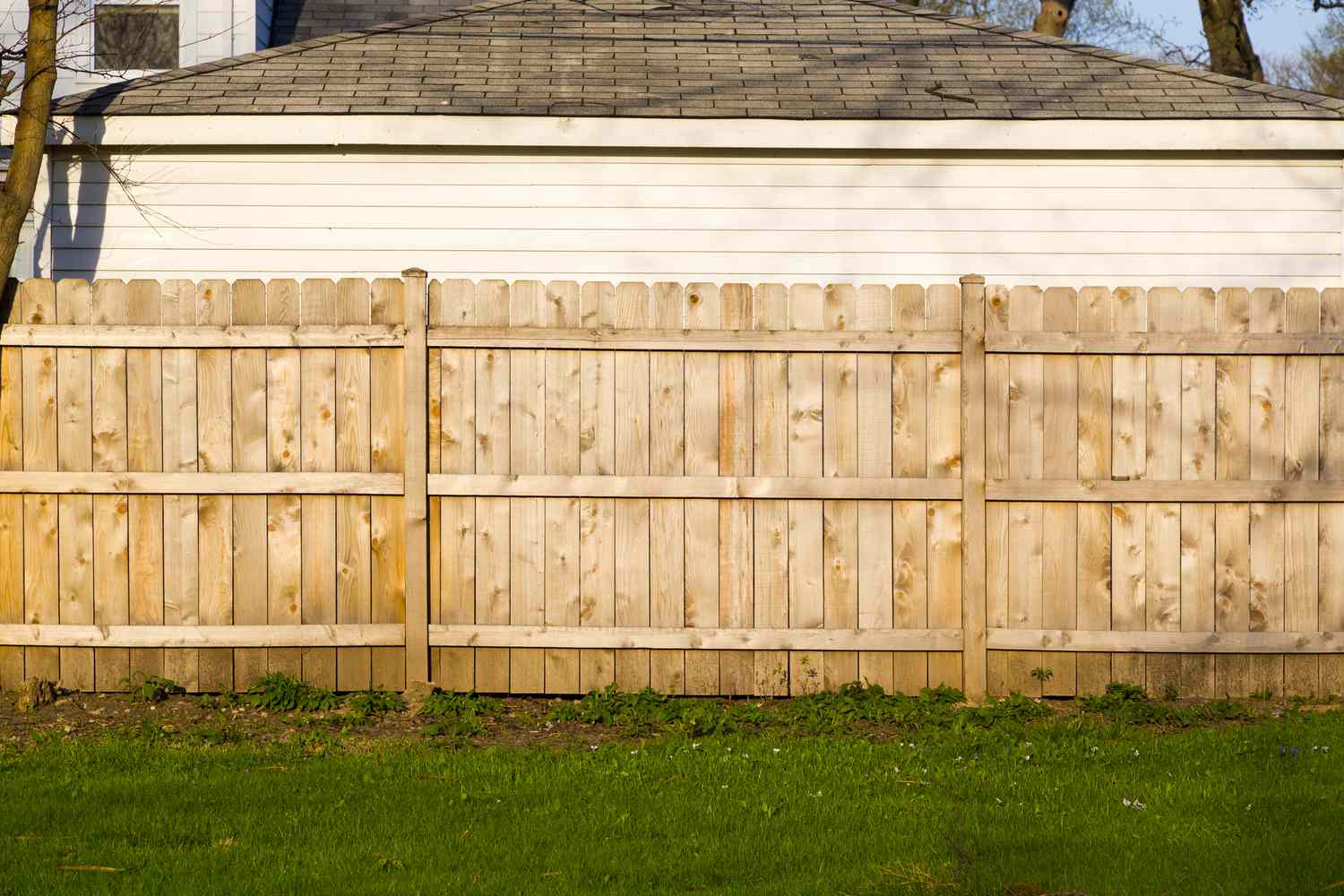

Articles
Basics Of Fence Building
Modified: February 23, 2024
Learn the basics of fence building with our informative articles. Discover essential tips and techniques to construct your own sturdy and attractive fence.
(Many of the links in this article redirect to a specific reviewed product. Your purchase of these products through affiliate links helps to generate commission for Storables.com, at no extra cost. Learn more)
Introduction
Building a fence provides numerous benefits, including privacy, security, and a defined boundary for your property. Whether you are a homeowner looking to enhance your outdoor space or a business owner in need of a perimeter barrier, understanding the basics of fence building is essential.
In this article, we will guide you through the step-by-step process of constructing a fence. From selecting the right materials and tools to installing the fence panels and adding gates, we will cover everything you need to know to build a sturdy and functional fence that meets your specific needs.
Before diving into the details, it’s important to note that different regions may have specific regulations or requirements regarding fence construction. It is always a good idea to check with your local authorities or homeowner’s association to ensure compliance before starting any fencing project.
Now, let’s explore the key aspects of fence building, starting with choosing the right materials.
Key Takeaways:
- Building a sturdy and functional fence involves choosing the right materials, understanding property lines, gathering essential tools, setting posts, installing panels, adding gates, and regular maintenance for longevity.
- Proper planning, compliance with local regulations, and regular maintenance are crucial for building a durable and attractive fence that enhances privacy, security, and property aesthetics.
Read more: How To Build Basic Wardrobe
Choosing the Right Fence Materials
When it comes to selecting the materials for your fence, there are several factors to consider, including durability, maintenance requirements, and aesthetic appeal. Here are some popular options:
- Wood: Wood is a classic and versatile choice for fencing. It offers a timeless look and can be customized to match your preferences. However, wood fences require regular maintenance, including staining or painting, to protect against rot and deterioration.
- Vinyl: Vinyl fences are known for their durability and low maintenance. They are resistant to rotting, peeling, and fading, making them an excellent option for long-lasting fences. Vinyl fences come in various styles and colors, allowing you to find the perfect fit for your property.
- Chain Link: Chain link fences are an affordable and practical choice for security and boundary purposes. They require minimal maintenance and are known for their durability. While they may not provide much privacy, they are excellent for keeping pets and children safe.
- Wrought Iron: Wrought iron fences are not only elegant but also highly durable. They provide both security and aesthetic appeal. However, they require regular maintenance to prevent rusting.
- Aluminum: Aluminum fences are lightweight, durable, and resistant to rust. They are available in various styles and colors and require minimal maintenance. Aluminum fences are a popular option for both residential and commercial properties.
Consider the purpose and style you want to achieve with your fence when selecting the materials. Additionally, take into account factors such as your budget, the climate in your area, and any specific maintenance requirements.
Once you have chosen the right materials, the next step is to determine property lines and obtain the necessary permits, which we will discuss in the following section.
Understanding Property Lines and Permits
Before beginning any fence construction project, it is crucial to have a clear understanding of your property lines and any regulations or permits required by your local authorities. Failing to comply with these guidelines can result in costly fines or even having to remove the fence altogether.
To determine your property lines, you can consult your property survey, which typically outlines the boundaries of your land. If you don’t have a property survey, you may need to hire a professional land surveyor to accurately identify and mark the boundaries.
Once you know the exact location of your property lines, you can then plan the placement of your fence accordingly. It is essential to ensure that your fence stays within your property boundaries to avoid encroaching on neighboring properties.
In addition to understanding property lines, it is important to research and comply with any local regulations and permits required for fence construction. These regulations may include the fence height restrictions, setback requirements from sidewalks or roads, or design guidelines for certain neighborhoods or historic districts.
Contact your local building department or homeowner’s association to find out the specific requirements for installing a fence on your property. They will provide you with the necessary information regarding permits, applications, and any fees associated with the process.
By taking the time to understand property lines and obtain the required permits, you can ensure that your fence installation is legal and meets all necessary regulations. Once you have the green light, you can move on to gathering the tools and equipment needed for the project, which we will cover in the next section.
Tools and Equipment Needed for Fence Building
Building a fence requires the use of specific tools and equipment to ensure a successful and efficient construction process. Here is a list of the essential tools you will need:
- Tape Measure: A tape measure is essential for measuring and marking the dimensions of your fence layout.
- Level: A level is used to ensure that the fence posts and panels are installed in a straight and even manner.
- Shovel: A sturdy shovel is necessary for digging the holes for the fence posts.
- Post Hole Digger: A post hole digger can make the task of digging holes for the fence posts easier and more efficient.
- Hammer: A hammer is needed for driving nails or screws into the fence panels.
- Saw: Depending on the type of fence material, you may need a saw for cutting the panels or posts to the desired sizes.
- Drill: If your fence requires screws or bolts for assembly, a drill with appropriate drill bits will be necessary.
- Work Gloves and Safety Glasses: Protecting your hands with work gloves and your eyes with safety glasses is essential for your safety during the construction process.
- Wheelbarrow or Garden Cart: You may need a wheelbarrow or garden cart to transport materials such as gravel, cement, or tools around your property.
- Pry Bar: A pry bar can come in handy for removing old fence posts or panels, if necessary.
Having the right tools will not only make your fence building process more efficient but also ensure that your project is completed with precision and durability. It is always a good idea to gather all the necessary tools and equipment before beginning the construction process.
Now that you have the tools and equipment prepared, the next step is setting the fence posts, which we will discuss in the following section.
Setting the Fence Posts
The proper installation of fence posts is crucial for the stability and longevity of your fence. Here are the steps to set the fence posts:
- Mark the Post Locations: Use a tape measure and stakes to mark the exact locations where you will be installing the fence posts. Make sure the spacing between the posts is consistent to maintain the structural integrity of the fence.
- Dig the Post Holes: Use a post hole digger or shovel to dig the holes for the fence posts. The depth and diameter of the holes will depend on the height and type of your fence. As a general rule of thumb, dig the holes approximately one-third to one-half the height of the fence.
- Insert and Level the Posts: Place the fence posts in the holes and use a level to ensure they are upright and plumb. Make any necessary adjustments by adding or removing soil at the bottom of the holes.
- Backfill the Holes: After ensuring the posts are level, backfill the holes with gravel or concrete for added stability and support. If using concrete, follow the instructions on the packaging for the appropriate mixing ratio and drying time.
- Secure the Posts: Allow the concrete to dry completely before proceeding. Once the concrete is set, secure the fence posts with braces to keep them in place while you continue with the fence installation process.
It is important to note that if you live in an area with frost, you should dig the post holes below the frost line to prevent heaving during the winter months.
Once the fence posts are properly set and secured, you can move on to the installation of fence panels, which we will discuss in the next section.
When building a fence, make sure to check local building codes and property lines before starting. This will help avoid any legal issues and ensure the fence is in the right location.
Read more: How To Build BBQ Island
Installing Fence Panels
With the fence posts set and ready, it’s time to install the fence panels. Here’s a step-by-step guide on how to install fence panels:
- Measure and Mark Panel Placement: Use a tape measure to determine the desired placement and spacing of the fence panels along the fence line. Mark the locations with stakes or chalk.
- Attach Brackets or Rails: Depending on the type of fence panels you have chosen, you may need to attach brackets or rails to the fence posts. Follow the manufacturer’s instructions for proper placement and installation.
- Align and Secure Panels: Place the first fence panel in position, ensuring it is level and aligned with the marked locations. Use screws, nails, or clips to secure the panel to the brackets or rails.
- Continue with Additional Panels: Repeat the steps above for each additional fence panel, ensuring proper alignment and securing them to the fence posts.
- Trim or Cut Panels: If necessary, use a saw to trim or cut the fence panels to fit the desired length or to accommodate any obstacles along the fence line.
- Check for Stability: Once all the fence panels are installed, check for stability and make any necessary adjustments to ensure they are secure and level.
It is important to follow the specific instructions provided by the manufacturer for your chosen fence panels, as installation methods may vary.
After installing the fence panels, you can proceed to add gates and necessary hardware to complete your fence, which will be discussed in the following section.
Adding Gates and Hardware
Adding gates to your fence provides convenient access to your property while maintaining security and continuity. Here’s a step-by-step process for installing gates and hardware:
- Select the Right Gate: Choose a gate that suits the style and purpose of your fence. Consider factors such as width, material, and design. Ensure that the gate is compatible with the fence panels and posts.
- Measure and Mark Gate Placement: Determine the desired location for the gate within your fence line. Measure the width and height of the gate, and mark the placement with stakes or chalk.
- Install Gate Posts: Depending on the gate type, you may need to install additional gate posts to provide stability and support. Follow the manufacturer’s instructions for proper placement and installation.
- Attach Hinges: Install hinges on one side of the gate and affix them to the gate posts. Ensure that the hinges are level and properly aligned for smooth operation.
- Hang the Gate: With the hinges in place, carefully hang the gate onto the hinges. Double-check that it is level and aligned with the fence line.
- Install Latch and Hardware: Attach a latch or lock mechanism to the gate, ensuring it is secure and easy to use. Consider adding additional hardware, such as handles or decorative accents, to enhance the functionality and appearance of the gate.
- Adjust and Test: Check that the gate opens and closes smoothly. Make any necessary adjustments to ensure proper alignment and functionality.
It is important to choose high-quality hinges, latches, and hardware that are suitable for outdoor use and can withstand the elements.
By following these steps, you can successfully add gates to your fence and ensure their proper functionality and security.
Now that you have completed the main construction of your fence, it is important to learn about fence maintenance and upkeep, which we will discuss in the next section.
Fence Maintenance and Upkeep
To ensure the longevity and aesthetics of your fence, regular maintenance and upkeep are essential. Here are some maintenance tips to keep your fence in excellent condition:
- Clean Regularly: Remove dirt, debris, and any plant growth from your fence panels and posts regularly. Use a brush or a pressure washer to clean away any accumulated grime.
- Inspect for Damage: Regularly inspect your fence for any signs of damage, such as loose screws or nails, cracked panels, or leaning posts. Address these issues promptly to prevent further damage and ensure the stability of your fence.
- Repair or Replace: If you notice any damage or deterioration, make the necessary repairs. Replace damaged panels, tighten loose hardware, and reinforce weak areas to maintain the integrity of your fence.
- Stain or Paint: If your fence is made of wood, consider staining or painting it every few years to protect it from weathering and to enhance its appearance.
- Apply Protective Coating: For metal fences, consider applying a protective coating to prevent rust and corrosion. Follow the manufacturer’s instructions for the appropriate coating and application method.
- Trim Vegetation: Regularly trim any vegetation, such as vines or bushes, that may grow near or onto your fence. This will prevent damage to the fence and maintain its aesthetic appeal.
- Monitor Soil Conditions: Keep an eye on the soil around your fence posts to ensure proper drainage and prevent waterlogging. If the soil becomes overly saturated, it can weaken the posts and compromise the stability of your fence.
- Protect Against Pests: Take measures to prevent infestation by termites, ants, or other pests that can damage wood or weaken the overall structure of your fence. Regularly inspect and treat your fence to deter pests.
By incorporating these maintenance practices into your routine, you can prolong the lifespan of your fence and keep it looking attractive for years to come.
Now that you are aware of the importance of fence maintenance and upkeep, let’s conclude our article.
Conclusion
Building a fence can greatly enhance the privacy, security, and overall aesthetic of your property. By understanding the basics of fence building and following the appropriate steps, you can create a sturdy and functional fence that meets your specific needs.
Choosing the right fence materials, understanding property lines and permits, gathering the necessary tools and equipment, setting the fence posts, installing fence panels, adding gates and hardware, and maintaining your fence through regular upkeep are all key aspects of building a successful fence.
Remember to select materials that align with your style preferences, budget, climate conditions, and maintenance requirements. Always check local regulations and obtain the necessary permits before starting the construction process to avoid any legal issues.
By following proper installation techniques, such as accurately setting the fence posts and aligning the fence panels, you can ensure the stability and longevity of your fence.
Regular maintenance, including cleaning, inspecting, repairing, and applying protective coatings, will help your fence withstand the elements and stay in optimal condition for years to come. Additionally, monitoring the soil conditions around the fence posts and protecting against pests will contribute to the overall durability of your fence.
Whether you’re building a fence for your residential property or a commercial space, taking the time to plan, execute, and maintain your fence properly will yield a beautiful and functional result that enhances the value and enjoyment of your property.
Now that you have a comprehensive understanding of the basics of fence building, it’s time to start planning your own fence project and transform your outdoor space.
Frequently Asked Questions about Basics Of Fence Building
Was this page helpful?
At Storables.com, we guarantee accurate and reliable information. Our content, validated by Expert Board Contributors, is crafted following stringent Editorial Policies. We're committed to providing you with well-researched, expert-backed insights for all your informational needs.
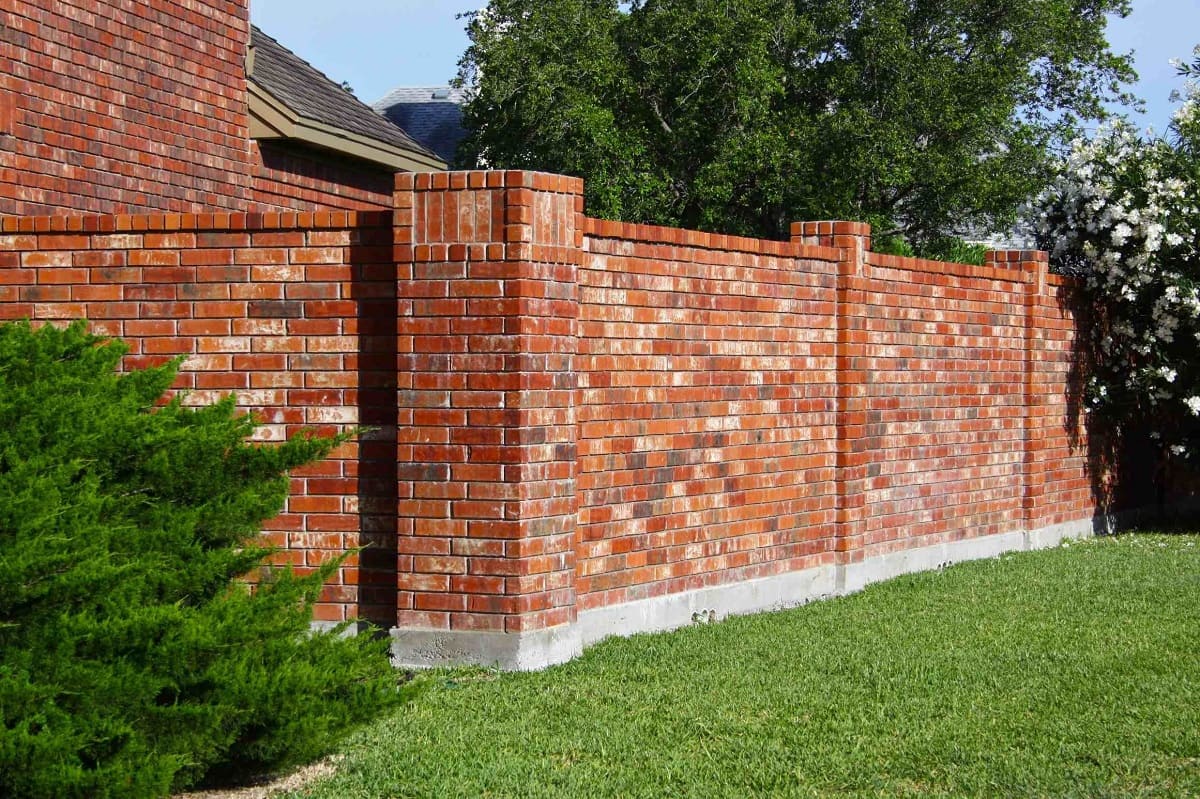
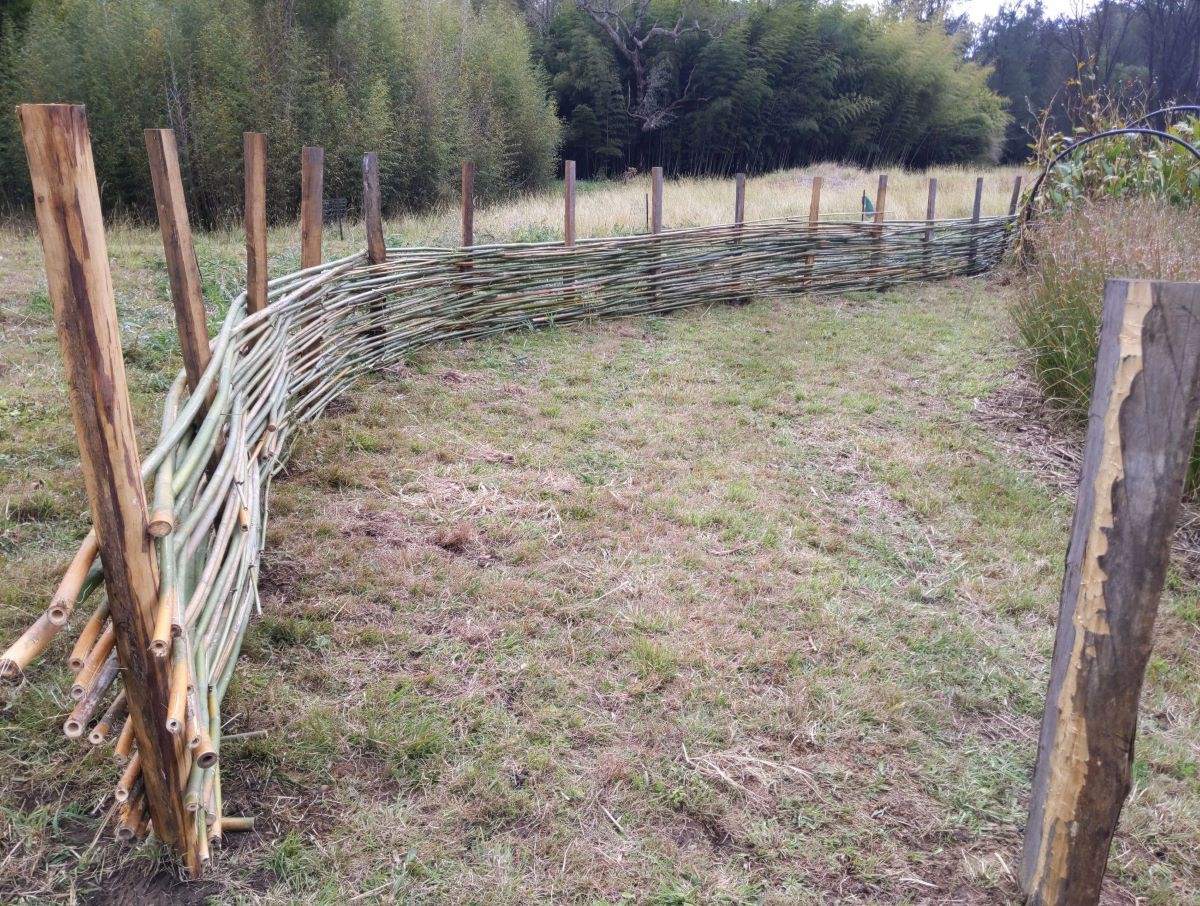
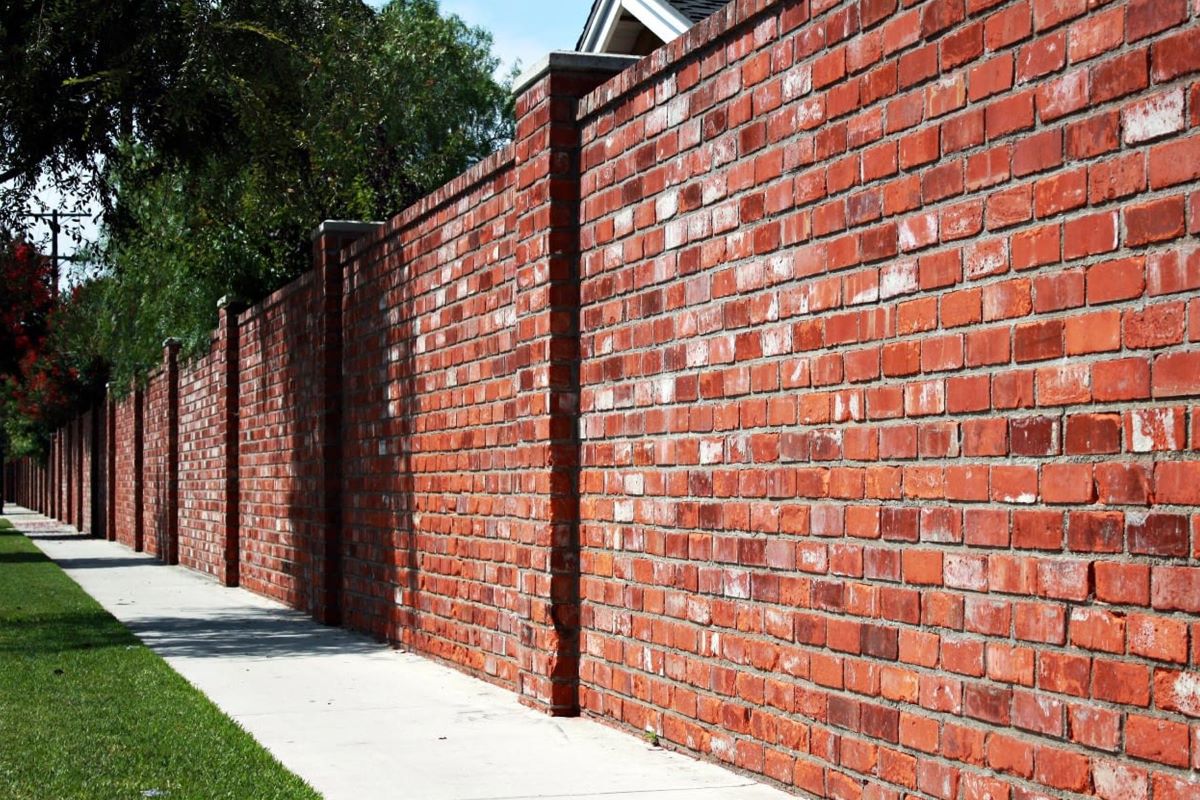
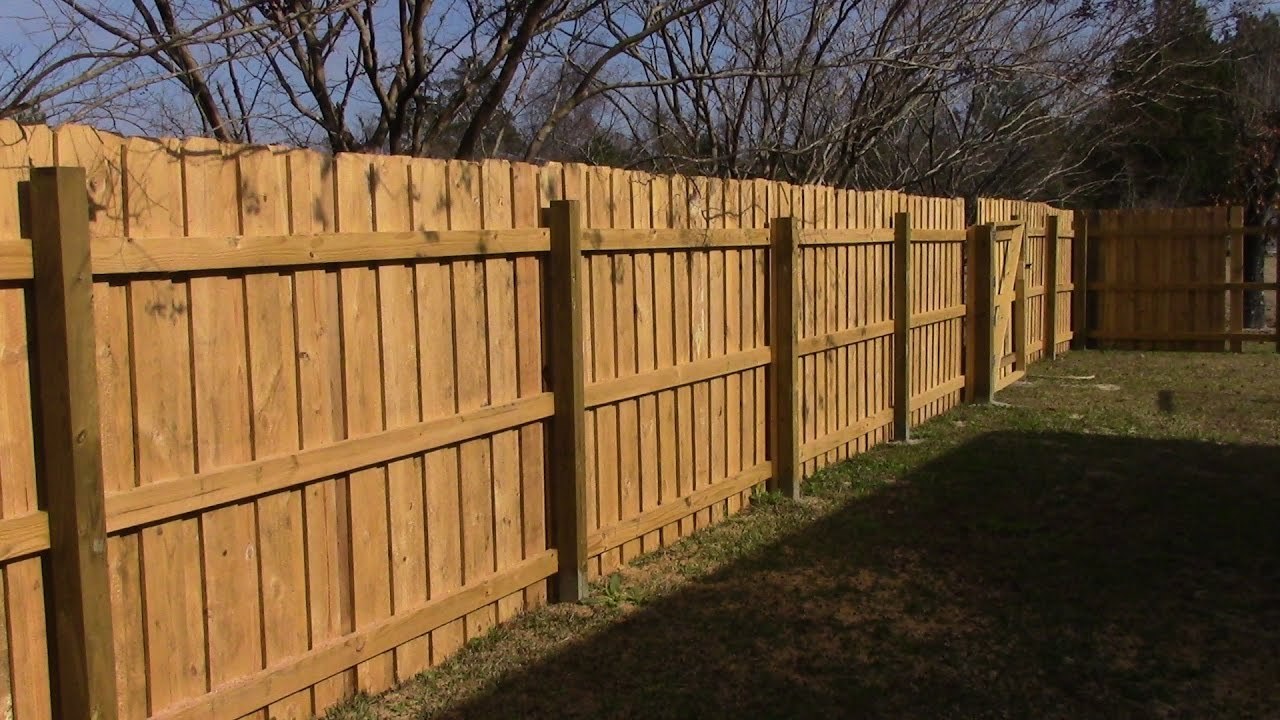
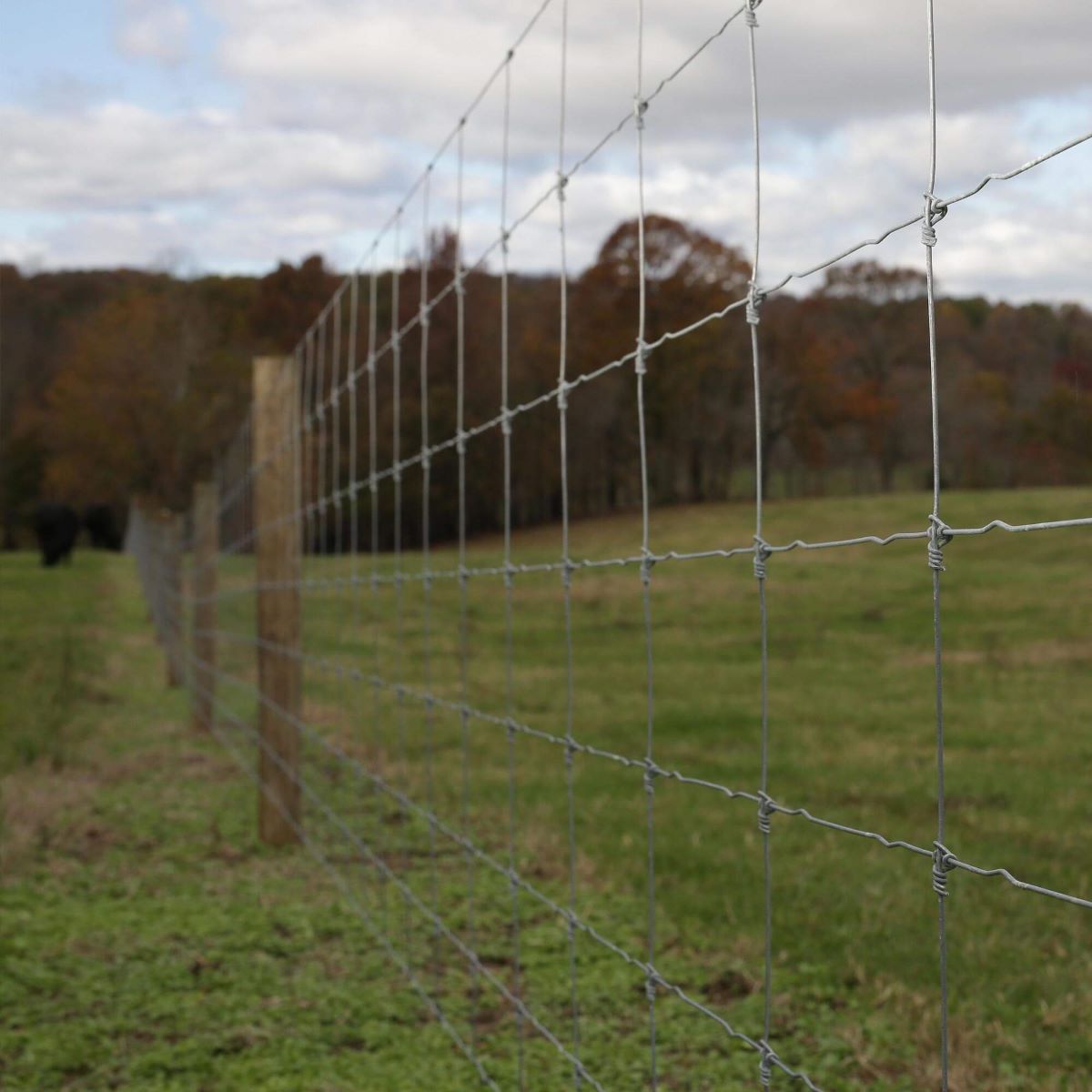
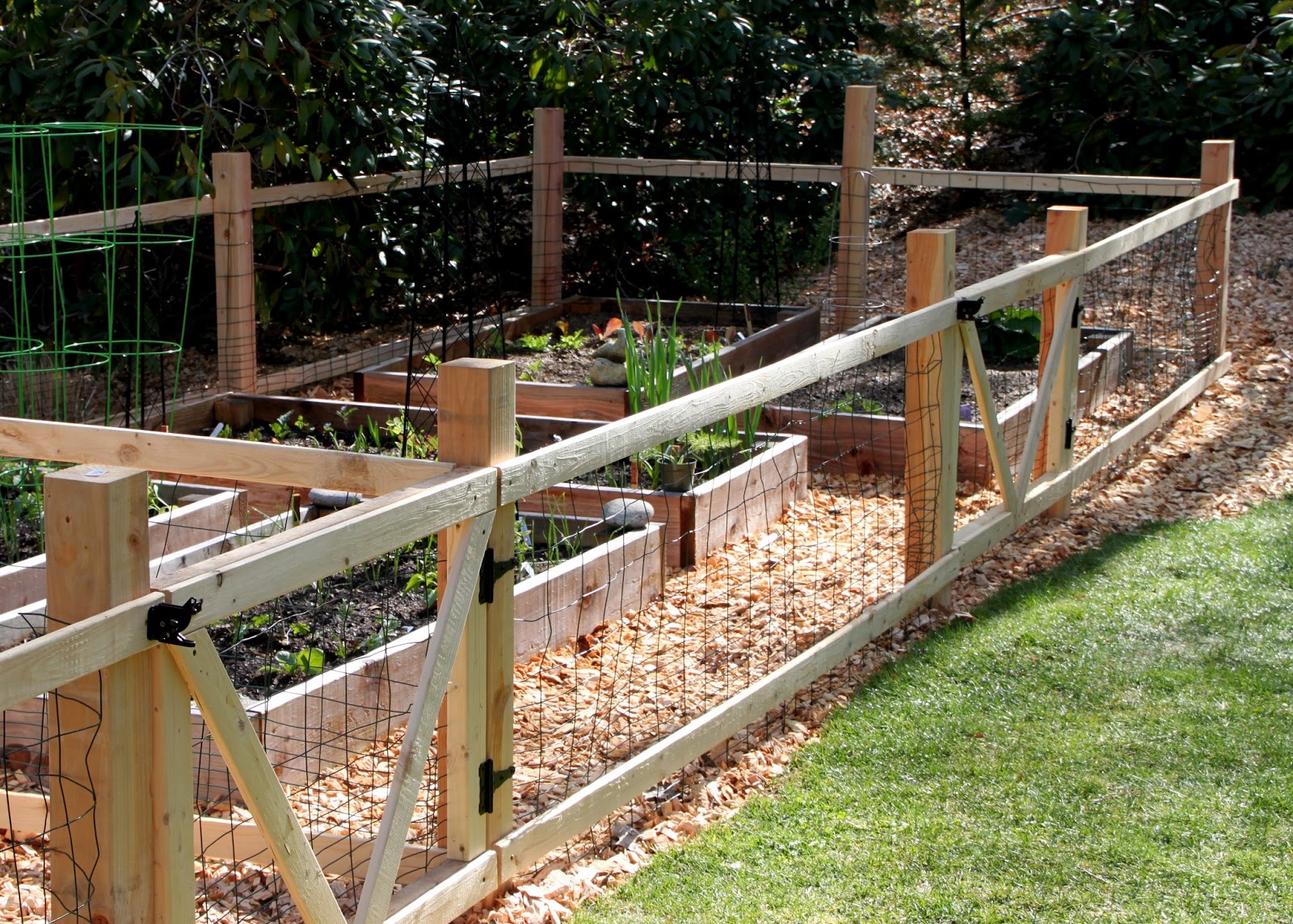

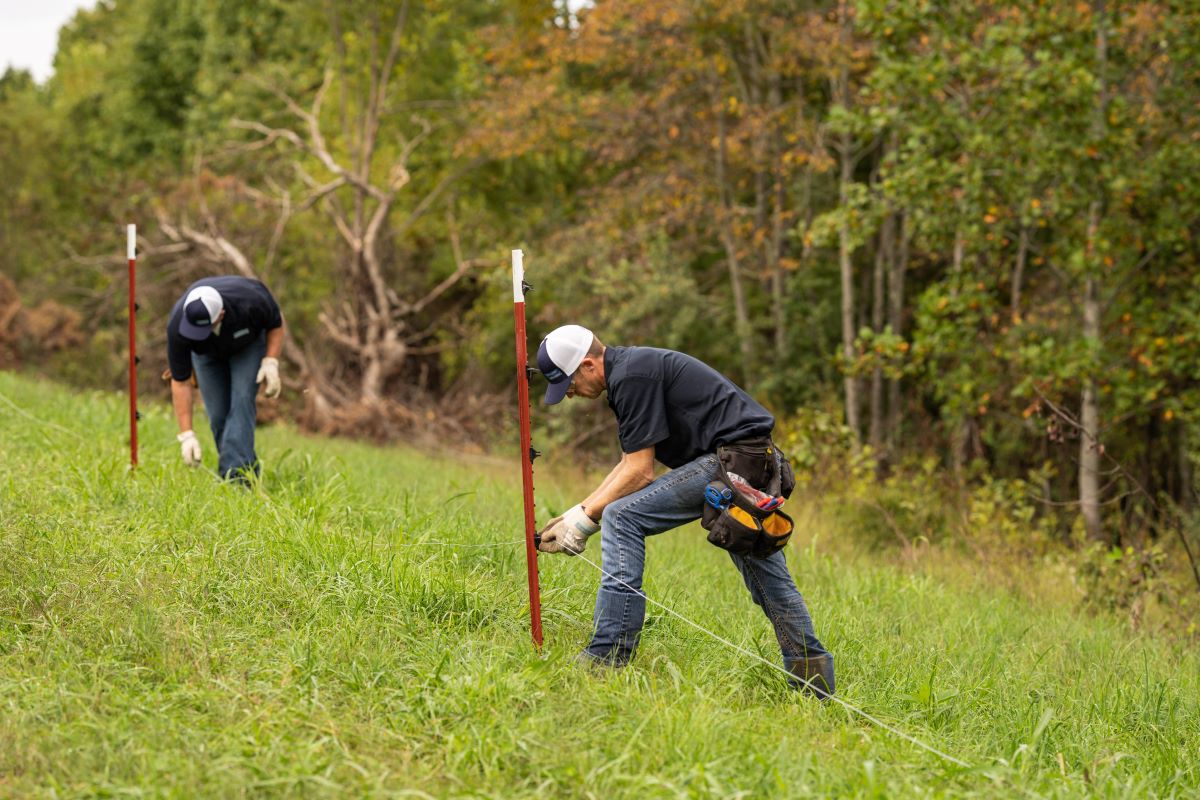
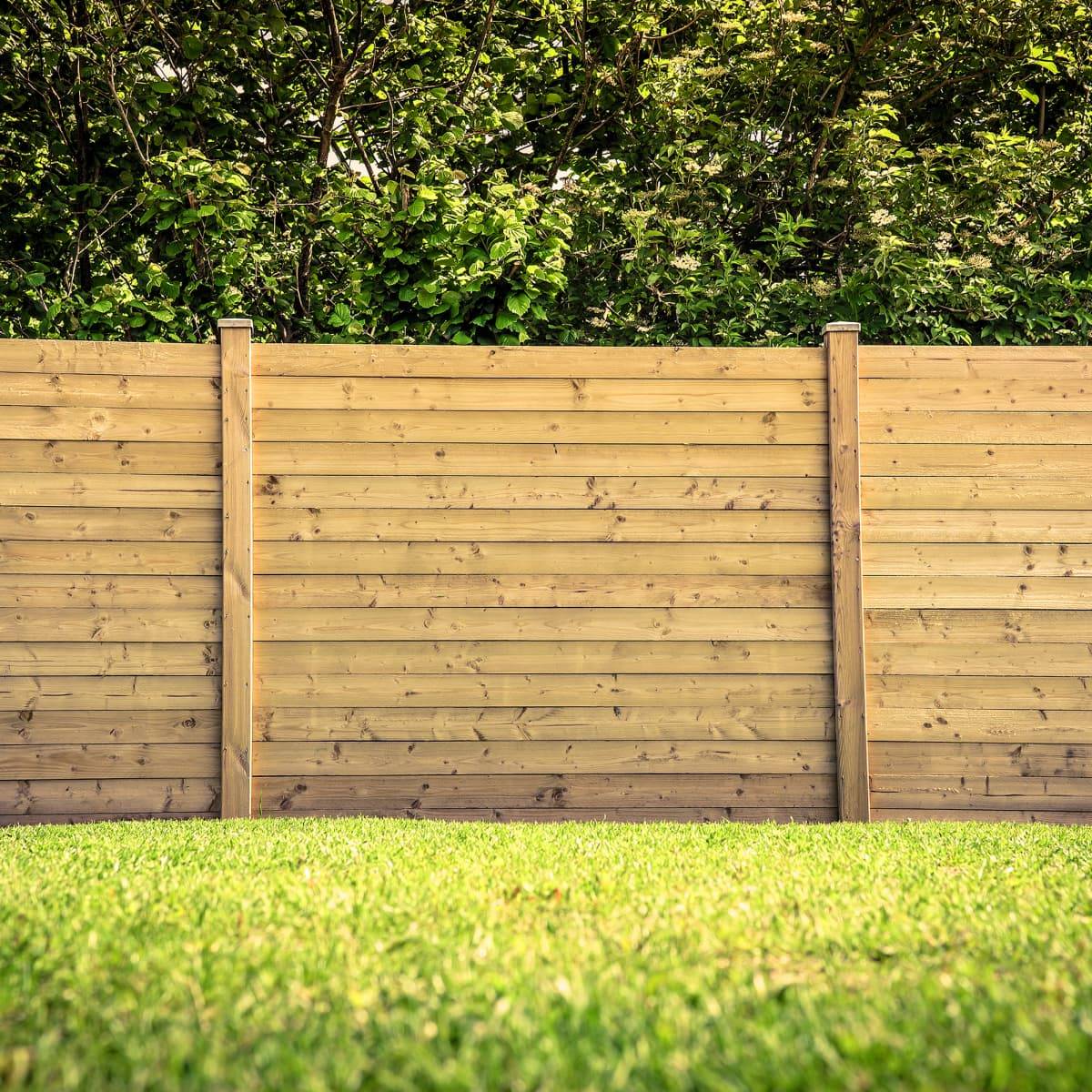
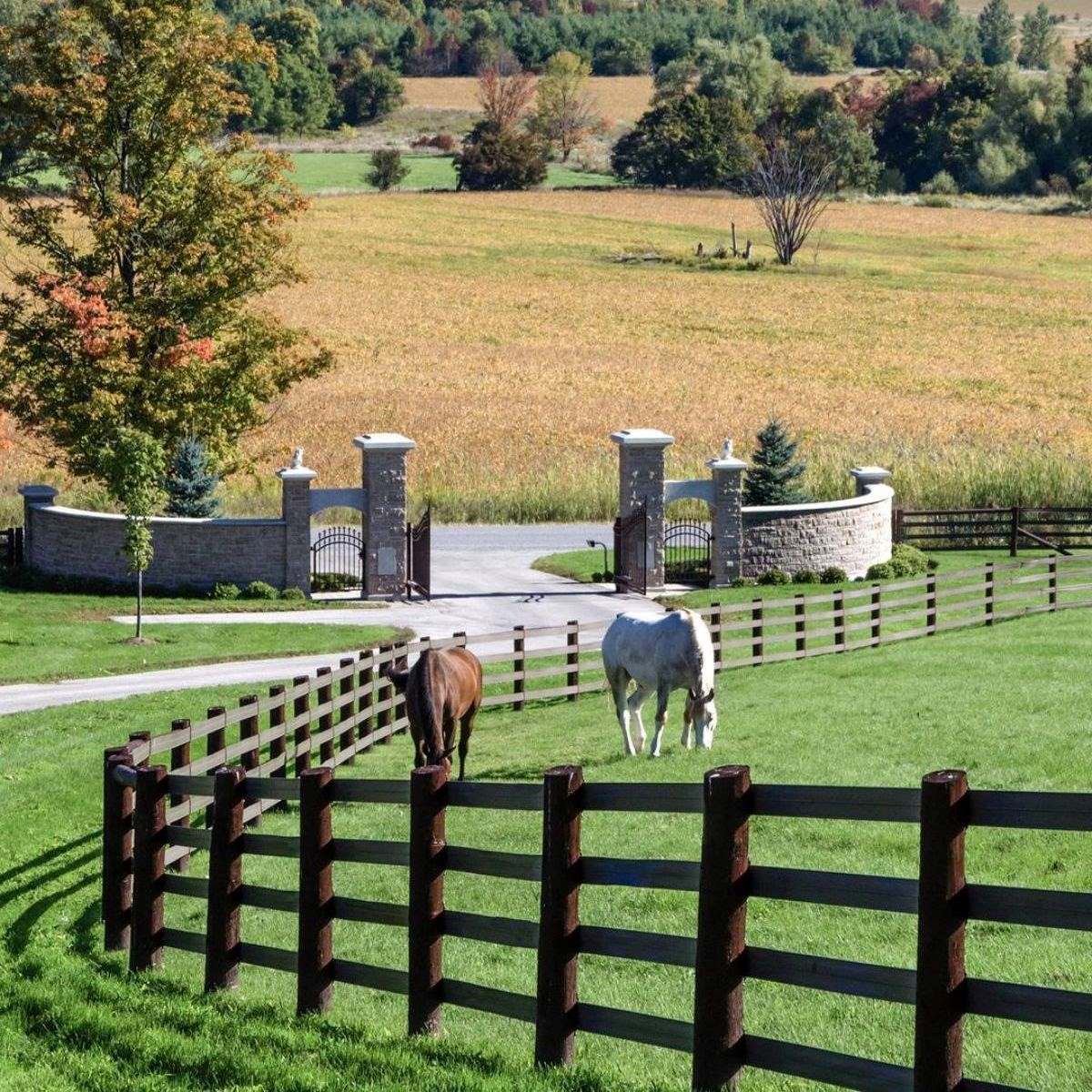
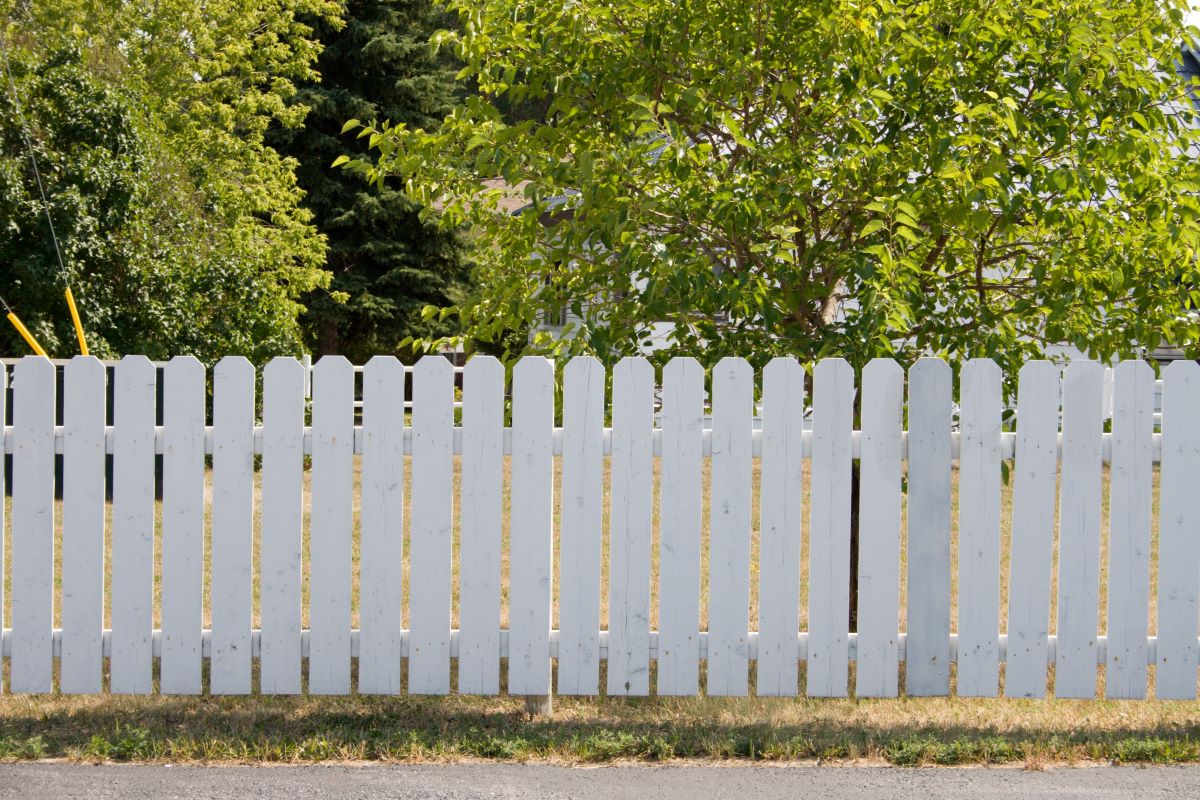
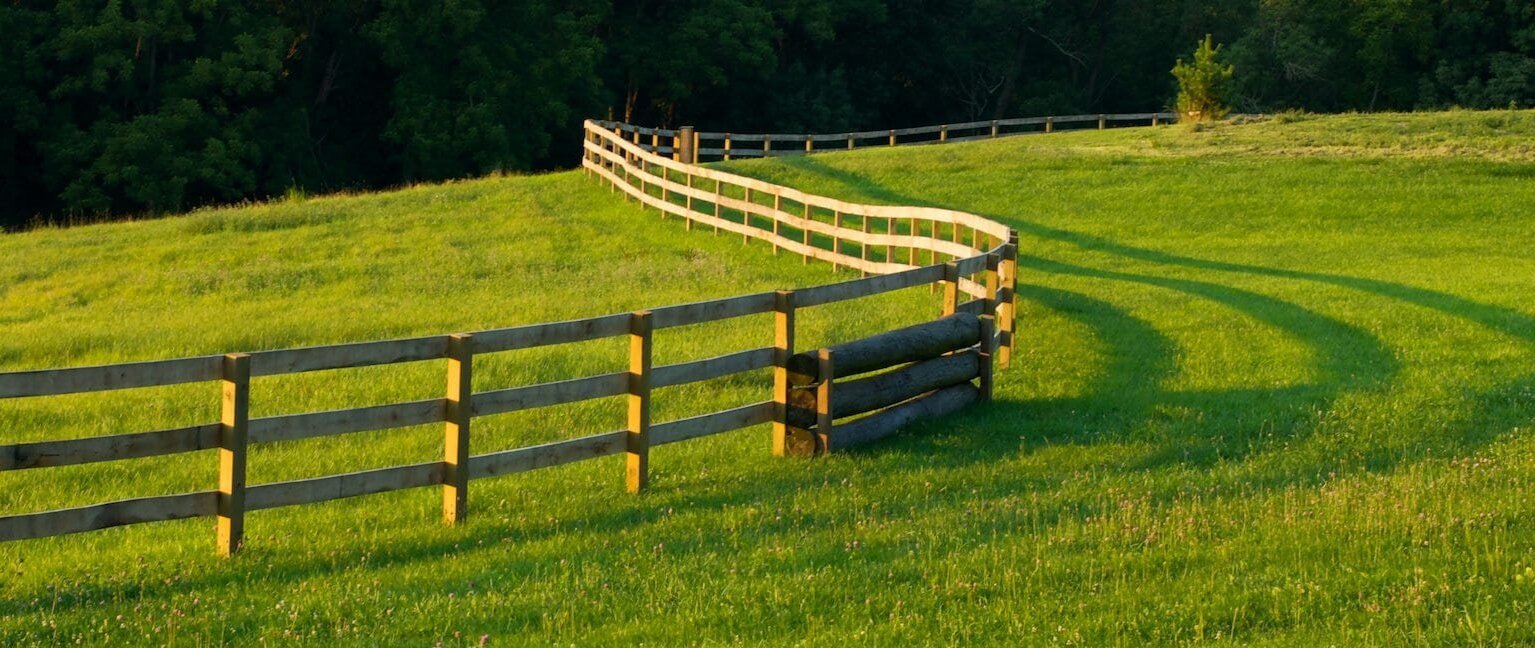
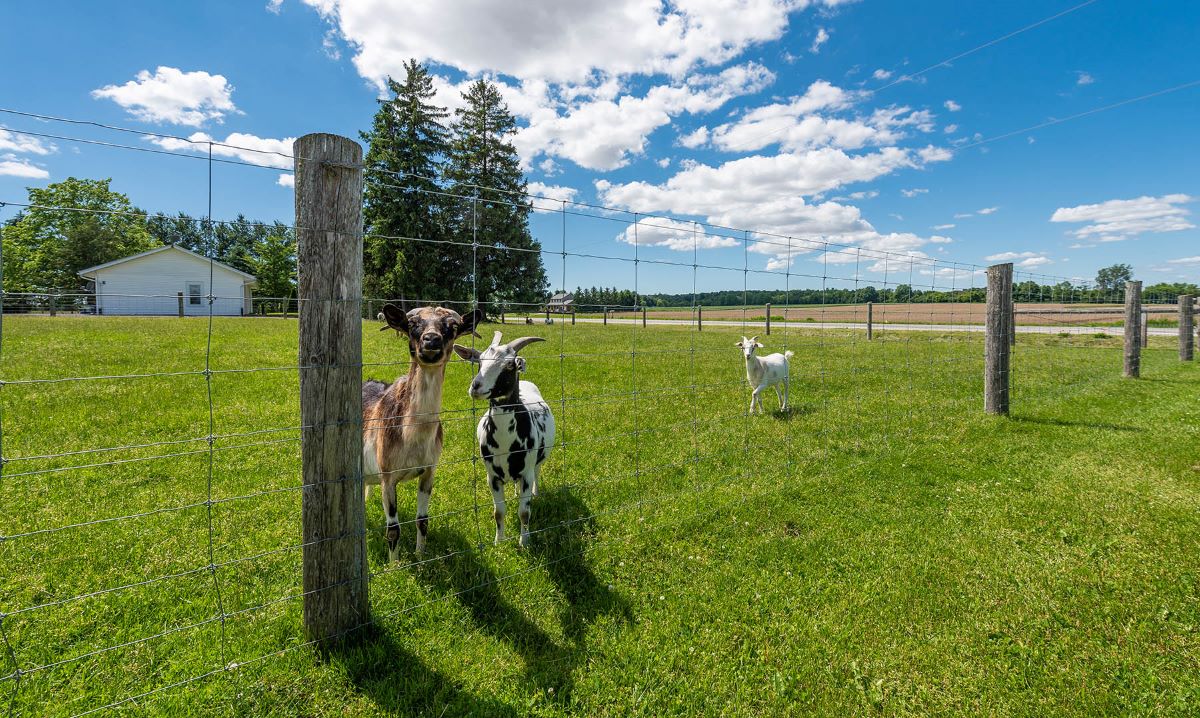


0 thoughts on “Basics Of Fence Building”